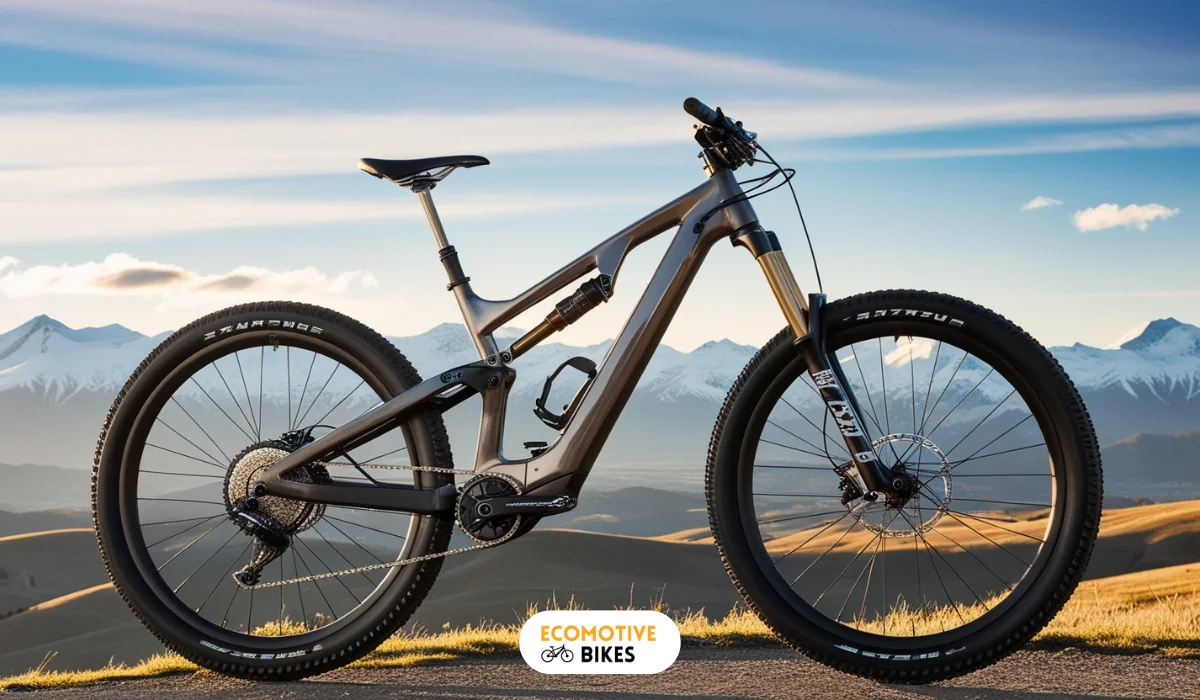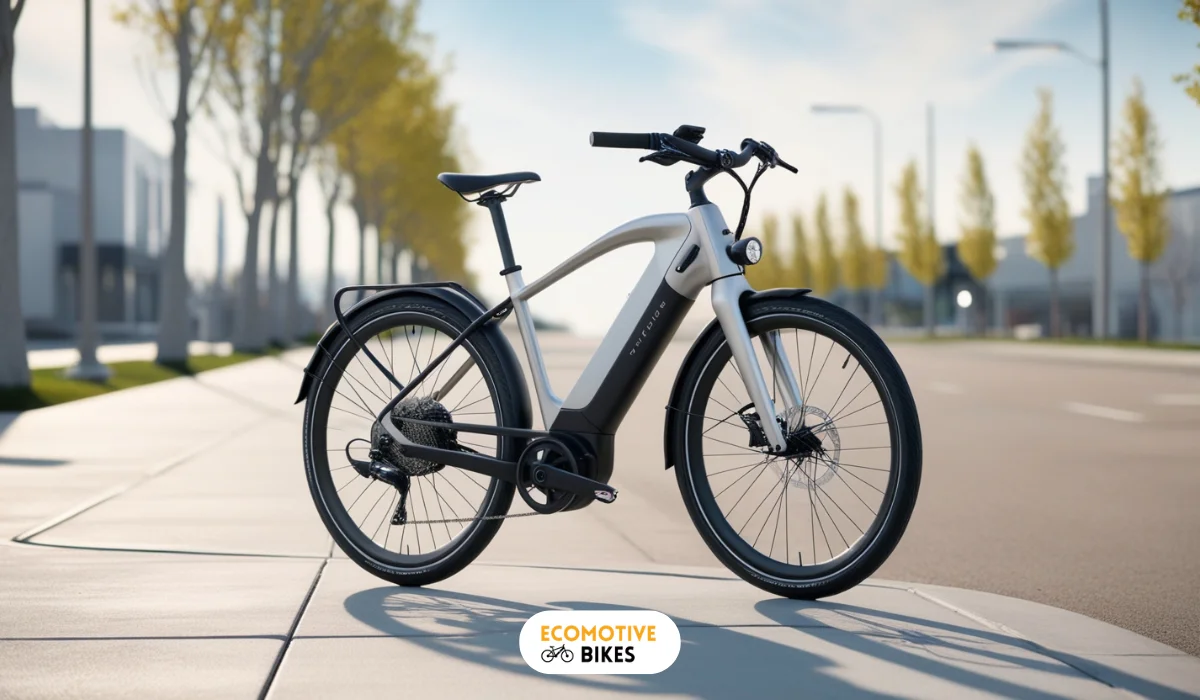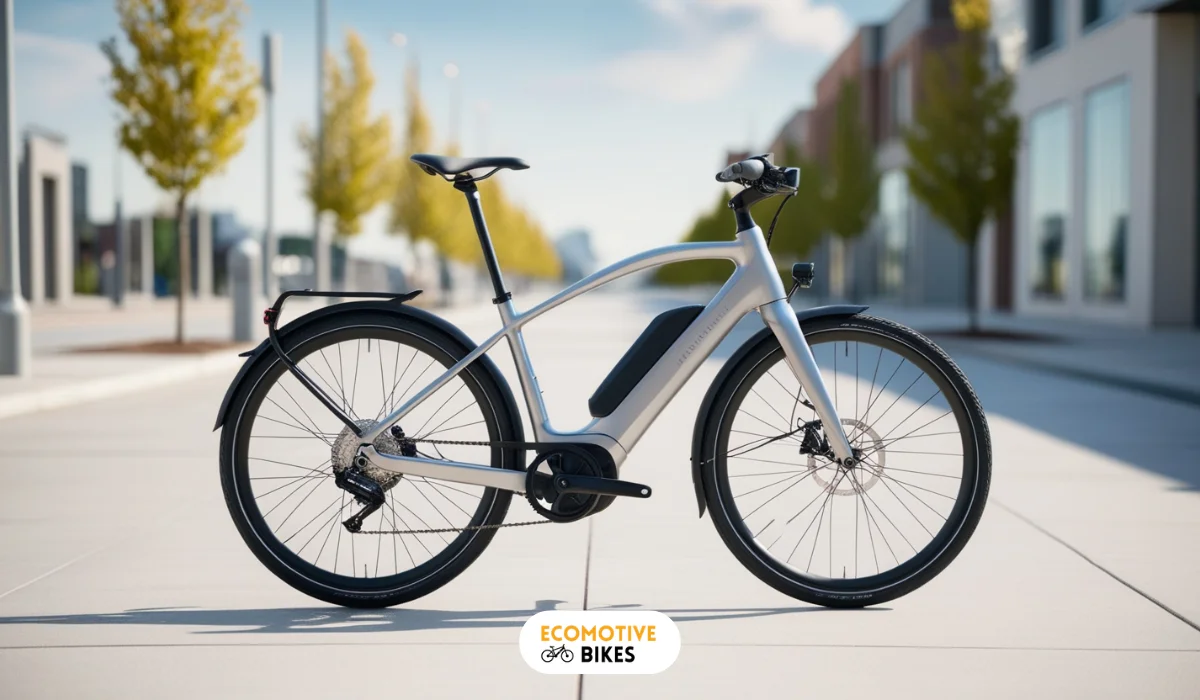Are Electric Bike Batteries Waterproof? Essential Facts to Know
Are electric bike batteries waterproof? What protection do they offer against water damage, and how to safely ride in wet conditions?
Table of Contents
Related Articles:
Over the years, electric bikes have gained popularity as a convenient and eco-friendly mode of transportation. However, when we talk about monsoons, everyone asks, are electric bike batteries waterproof?
In this informative blog post, we will examine the water resistance of e-bike batteries, explore IP ratings, protection against moisture, and important tips for riding in wet conditions. By understanding the intricacies of e-bike battery water resistance, riders can confidently navigate through light rain and splashes without compromising the longevity of their electric bike battery.
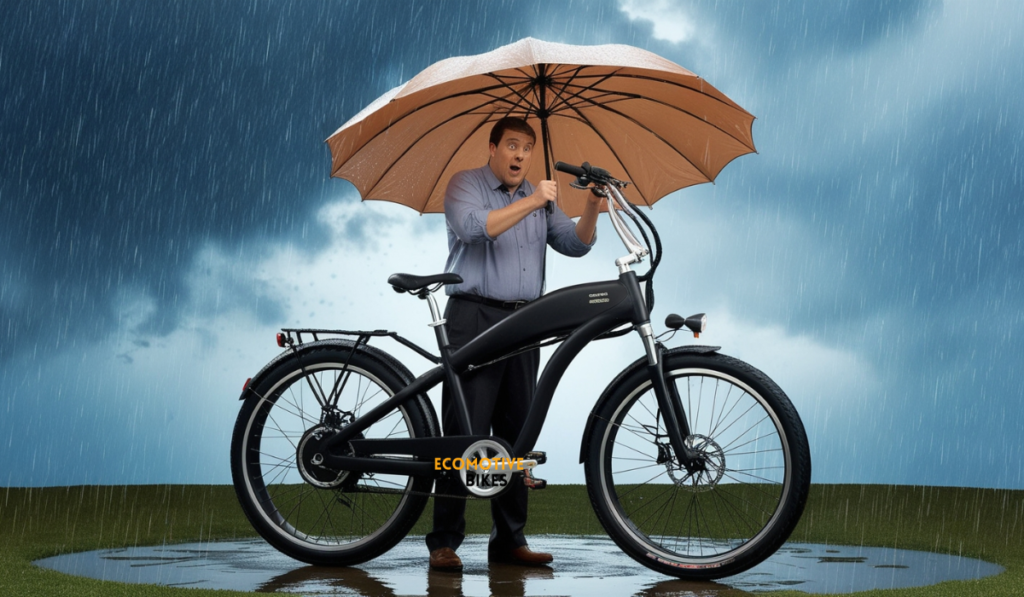
Understanding e-bike battery protection
IP ratings explained
One important aspect to consider when evaluating the water resistance of e-bike batteries is the IP rating. This international standard provides valuable information on the protection against dust and water ingress for electronic components.
For example, an IP54 or IP65 rating for e-bike batteries indicates their resistance to light rain, splashes, and puddles without compromising performance.
What is the meaning of water resistance?
Protection against moisture is crucial for maintaining the longevity and performance of e-bike batteries. The level of water resistance is typically indicated by the second digit in the IP rating, with ratings of 4 or 5 commonly seen for e-bike components. While an IP55 rating offers increased protection against water jets, an IP54 rating should suffice for most riding conditions, including rain, sand, and mud, without encountering any issues.
Batteries with higher IP ratings, such as IP67, show improved water resistance and can withstand temporary submersion in shallow water. However, practicing caution and avoiding exposing your e-bike battery to excessive water is always recommended, ensuring a longer lifespan for your electric bike.
Related: Are e-bike chargers universal?
Riding in the rain
There’s no need to let a little rain dampen your electric bike ride. While e-bike batteries are not fully waterproof, they are typically designed to handle light rain, splashes, and puddles. Understanding the IP ratings can give you a good idea of how water-resistant your battery is, allowing you to enjoy your ride in various weather conditions with confidence. By taking some precautions and following best practices, you can ensure your bike performs well even in wet conditions.
Best practices for e-bike use in wet conditions
The key to ensuring your e-bike battery remains in good condition during wet conditions is proper maintenance. The battery should be dried and cleaned after each ride in the rain to prevent any potential water damage. Additionally, if the battery does get wet, it’s crucial to allow it to dry completely before using or charging it again to avoid any issues related to moisture exposure.
How to handle heavy rainfall and puddles?
For those times when you encounter heavy rainfall or large puddles during your bike ride, it’s imperative to take extra precautions. Avoid riding through deep puddles or standing water that could potentially submerge the battery and other electrical components. If your bike does get exposed to heavy rain, make sure to dry it thoroughly afterward to prevent any water-related damage that could impact its performance.
Rain riding on an e-bike, especially in heavy rainfall, requires additional care to ensure your safety and the longevity of your electric bike. Avoiding deep puddles and taking the time to dry your e-bike properly after exposure to heavy rain can help maintain its performance and prevent potential damage. By following these tips, you can enjoy your e-bike rides even in less-than-ideal weather conditions with peace of mind.
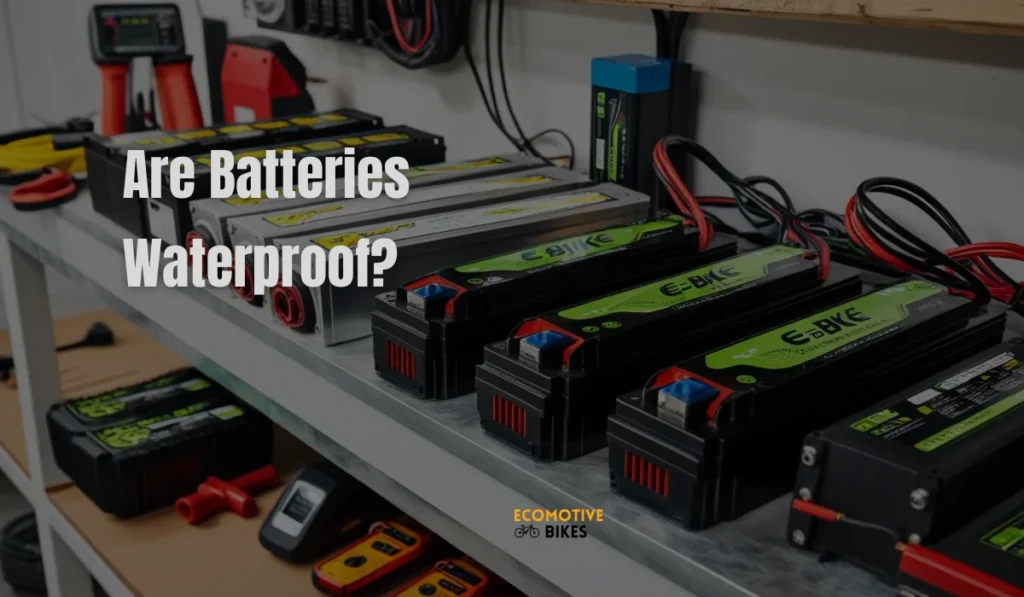
How to maintain and care for an e-bike battery in the rainy season?
Drying and cleaning your e-bike battery
Cleaning and drying your e-bike battery after riding in wet conditions is crucial to prevent water damage. Once again, it is necessary to ensure your battery is completely dry before attempting to charge it. Use a soft, dry cloth to gently wipe down the battery and connectors, removing any moisture or debris. This simple step can help maintain the longevity and performance of your ebike battery.
What to do if your battery gets wet?
For situations where your ebike battery gets wet, it is important to proceed with caution. Your battery should not be immediately charged if it has come into contact with water. Allow the battery to dry thoroughly before attempting to use or charge it again. Inspect the battery for any signs of damage, and consider seeking professional assistance if needed.
Your ebike battery’s water resistance can be affected by various factors, such as the quality of gaskets and mounting. Regularly exposing your battery to heavy rain can increase the risk of damage. Consider storing your electric bike indoors and investing in a battery with additional waterproof features if you frequently ride in wet conditions.
Related: Are ebike batteries interchangable?
How to enhance battery water resistance?
Additional protective features to consider
For additional protection against water damage, consider investing in an electric bike battery with special coatings or gaskets that enhance water resistance. Some batteries have features like IP ratings of 4 or 5, indicating a high level of moisture protection.
When using your e-bike in wet conditions, it’s crucial to ensure your battery has these additional protective features to prevent water damage and prolong its lifespan.
Choosing the right e-bike for wet conditions
Features to look for when choosing an electric bike for wet conditions include batteries with higher IP ratings, such as 4 or 5. These ratings signify a greater level of water resistance, making them ideal for riding in the rain or through puddles.
Investing in an e-bike with a battery that has adequate water protection ensures that you can confidently ride in wet conditions without worrying about potential water damage to your battery.
The choice of the right electric bike for wet conditions is crucial to ensure the long-term durability of your bike’s electrical components. By selecting a model with a high IP rating, such as IP54 or IP65, you can ride with peace of mind knowing that your e-bike’s battery is built to withstand light rain, splashes, and puddles without issue.
Practicing caution and proper maintenance, such as drying and cleaning the battery after use in wet conditions, can further enhance its water resistance and longevity.
Summing up: Are electric bike batteries waterproof?
Ultimately, electric bike batteries are not completely waterproof, but they are designed with water resistance in mind. Their IP ratings indicate the level of protection against moisture, generally falling between IP4 and IP5.
While some manufacturers offer batteries with higher ratings like IP67 for enhanced water resistance, it is still advised to practice caution and avoid excessive exposure to water. Proper maintenance, such as drying and cleaning the battery after each use in the rain, can help prevent water damage.
With the right care and attention, electric bike batteries can withstand light rain and splashes, providing a convenient and eco-friendly way to navigate your world rain or shine.

